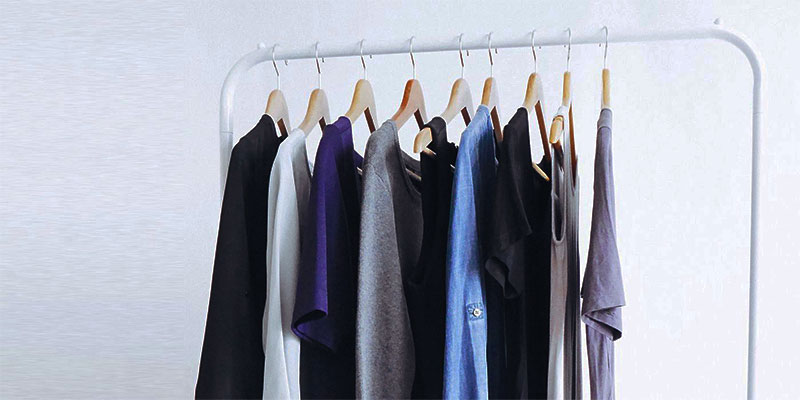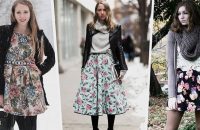It’s no secret that women’s fashion changes on a dime. What’s in one season is quickly out the next. But that doesn’t mean you have to keep up with the Joneses and buy a whole new wardrobe every few months. With a little planning, you can build a sustainable wardrobe that will last for years to come. Here are some tips on how to get started.
Some tips for building a sustainable wardrobe
First, take inventory of what you have. Go through your closet and pull out the items that you love and wear often. These are the pieces that you should keep in your wardrobe. Then, take a look at the items that you don’t wear as often. Ask yourself why you’re not wearing them. Is it because they’re out of style? Do they not fit well? Are they uncomfortable? If the answer is yes, then it’s probably time to get rid of them. But if the answer is no, then you can either try to find a way to make them work or put them away for later.
Next, focus on building a foundation for your wardrobe. This includes items like well-fitting jeans, a basic black dress, a white button-down shirt, etc. These are the pieces that you can wear over and over again and they will never go out of style. Once you have your foundation in place, you can start to experiment with trends. But be careful not to go overboard. Stick to one or two trends at a time and rotate them in and out of your wardrobe.
Finally, be mindful of the materials that your clothes are made of. Natural materials like cotton and linen are better for the environment than synthetic materials like polyester. So when possible, try to choose clothes made from natural materials.

What is the most sustainable fabric?
There is no one-size-fits-all answer to this question, as the most sustainable fabric will vary depending on the climate and environment where it is produced. However, some sustainable fabrics to consider include cotton, linen, wool, silk, and hemp.
Cotton is a popular choice for sustainable fashion, as it is a natural fiber that can be grown without the use of pesticides or other harmful chemicals. Additionally, cotton is biodegradable, so it will break down naturally over time.
Linen is another sustainable fabric option. It is made from flax plants, which require little water and no fertilizers or pesticides to grow. Additionally, linen is a durable fabric that gets softer with each wash.
Wool is another sustainable fabric option. It is a natural fiber that is biodegradable and renewable. Wool also has antibacterial and thermoregulatory properties, which make it a good choice for clothing that needs to be worn close to the skin.
Silk is another sustainable fabric option. It is made from the silkworm, which eats mulberry leaves and does not require any pesticides or other chemicals to grow. Additionally, silk is a durable fabric that gets softer with each wash.
Hemp is another sustainable fabric option. It is made from the hemp plant, which requires little water and no pesticides or other chemicals to grow. Additionally, hemp is a durable fabric that gets softer with age.













